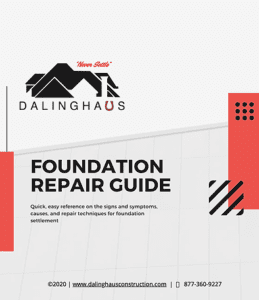Living in Southern California, we strive to have a little piece of heaven. Typically this is finding a home that we can call our own and one that has great views of the California landscape. Most of those homes, especially along the coast, are built into the hillsides that surround and overlook the beautiful Pacific Ocean. These homes can possess some amazing vantage points, but can also have some construction difficulties because of their locations.
Slopes and hillsides are in nature, always moving. It just depends on how quickly and more importantly what measures are taken to prevent the movement. There are a number of ways that slopes and hillsides can be retained to prevent major slope failure.
Here are the most common methods:
- Retaining Walls
- Soldier Piles
- Slope Terracing
- Vegetation
Retaining walls are designed to hold back the hillside from being able to advance downwards and stop/limit movement. They can be designed and constructed at the bottom of the slope or at multiple levels throughout the slope. These are very effective, when they are designed and installed correctly.
Soldier Piles are a very aggressive way to stabilize a slope. They are large concrete columns that are drilled into the earth and are typically spaced closely together to not allow for soil to pass through. These work effectively, but have a very high installation cost associated with them.
Slope Terracing is typically done during the grading process of the construction phase of a new build. It can be completed after a structure is built, but will have a much higher cost associated with it, due to accessibility roadblocks. Slope terracing is removing of the existing slope soil and benching the slope, compacting the soils and then reinstalling the slope to its original state.
Vegetation is crucial to an effective slope. Yes, plants and trees can help to stabilize your slope. Their root systems not only help to add a web support system into the slope, but they will also help to reduce the amount of moisture content that is in the soils of the slope. Having a bare slope without vegetation can lead to a lot of loose soil run off in the event of a heavy rainstorm or a broken water pipe.
Slopes and hillsides allow for us to enjoy the fruits of our labor and provide a fantastic opportunity to truly take in all that California has to offer. We just have to take the proper measures to make sure they stay that way.
Read more: Do I Have Sagging Floors?






